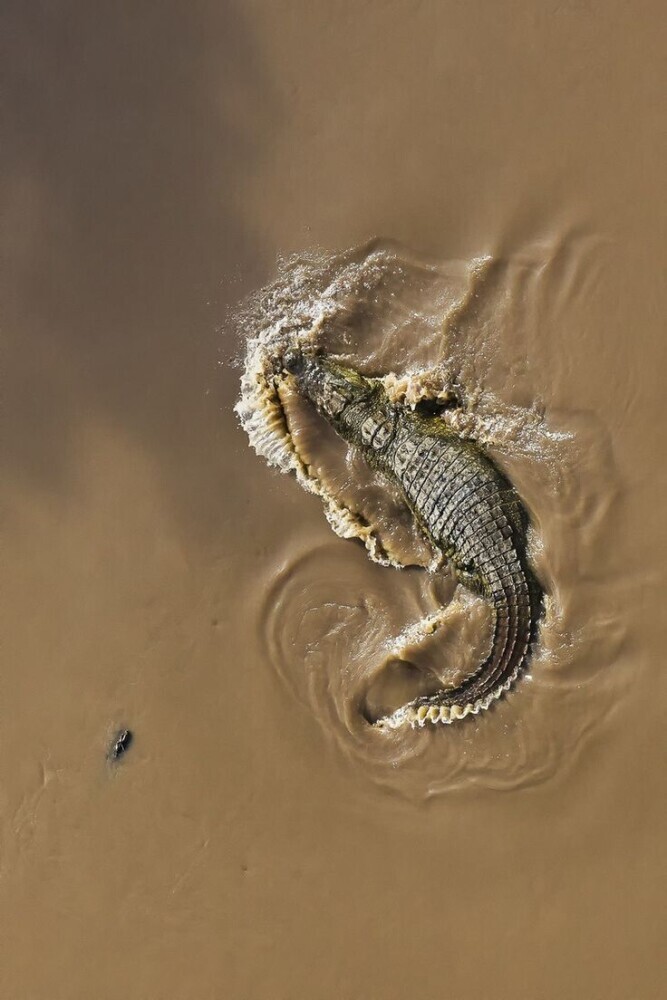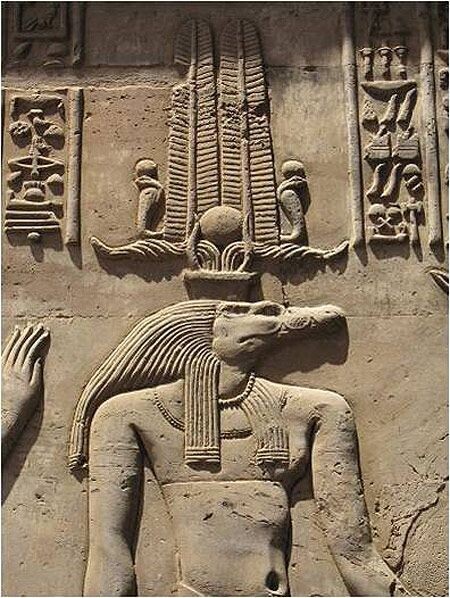The Nile crocodile, one of nature’s most formidable creatures, boasts impressive physical characteristics. It can grow up to 20 feet long and weigh nearly 1,650 pounds. With a powerful jaw, armored body, and swift underwater movement, it commands respect in the animal kingdom.
This species has a deep historical presence, being around millions of years. Often described as a living dinosaur, the Nile crocodile has witnessed the rise and fall of empires without changing significantly. This longevity underpins its significant role in various ancient cultures and modern ecosystems.

You’ll find these reptiles in various parts of Africa. They inhabit freshwater regions like rivers, lakes, and marshes. Countries such as Egypt, Sudan, and Uganda are among the primary homes to these crocodiles. The adaptability to diverse freshwater sources is key to their wide distribution.
In their role within the ecosystem, Nile crocodiles are crucial. They maintain the balance by controlling fish population and even scavenging to clean the waters. Despite their fearsome reputation, they contribute positively to their habitat, showing nature’s intricate balance at work.
Cultural Symbolism: The Nile Crocodile’s Revered Status
The Nile crocodile holds a powerful place in the cultural landscapes of many societies. In various ancient civilizations, it embodies resilience, power, and sometimes, divine wrath. For centuries, humans have depicted these creatures in art, symbolism, and stories, enriching the cultural fabric with their presence.
Ancient Egypt offers a fascinating look at the Nile crocodile’s symbolic stature. These reptiles were often linked with the god Sobek, known for controlling waters and fertility. Sobek, with his crocodile head, was a powerful deity, emphasizing the creatures’ sacred and vital role in Egyptian life. Temples and statues dedicated to Sobek dot the ancient landscape, showcasing their veneration.

In terms of myth and folklore, the Nile crocodile frequently appears as both protector and adversary. Stories of these beasts guarding treasures or sacred sites are common, reflecting their dual nature. This ambivalence made them symbols of duality — both creator and destroyer, protector and predator.
Comparing cultural representations, there are thoughtful distinctions to be found. In some African cultures, the crocodile symbolizes authority and kingship, signifying a protector of community values. Meanwhile, other societies might view it with fear and respect, focusing more on its destructive potential.
Exploring these symbolic interpretations helps us appreciate the universal narrative of reverence and fear these creatures command. Understanding their cultural importance not only enriches our history but also provides a lens to view how animals shape and define human belief systems.
Sacredness and Rituals: The Crocodile in Religious Practices
The Nile crocodile’s significance extends beyond cultural symbolism into the realm of sacredness and religious practices. These creatures were not only feared but also revered, often playing a central role in ancient rituals and ceremonies.
In Ancient Egypt, the worship of Sobek, the crocodile-headed god, offers a profound insight into how deeply these creatures were embedded in religion. Sobek was believed to control the waters and provide fertility to the land. Temples were built in his honor, where live crocodiles were kept, worshipped, and even mummified as symbols of the god’s earthly presence.

Religious rituals involving the Nile crocodile were elaborate and profound. Priests tended to the crocodiles, offering them food and performing ceremonies to gain favor and protection. These rituals highlight the complex relationship between humans and crocodiles, marked by a mix of devotion, fear, and respect.
Sobek’s temples weren’t just places of worship; they were centers of learning and societal hubs. People would gather to pay homage, seek blessings, or gain knowledge. The sacred crocodiles symbolized the divine connection between the gods and mortals, bridging the earthly and the supernatural.

Modern-day practices, though not as widespread, continue to honor the Nile Crocodile in certain communities. Through conservation and protected areas, the essence of reverence persists. These efforts show a continuity of respect, acknowledging the crocodile’s importance both in the past and present.
Understanding these practices offers a glimpse into how ancient societies perceived their world. It also sheds light on the intricate ways people sought to harmonize their lives with nature, emphasizing a relationship built on mutual respect and reverence.
Conservation and Modern-Day Challenges
Today, the Nile crocodile faces numerous challenges that threaten its survival. Despite being one of the most adaptable reptiles, it’s up against significant obstacles that impact its well-being and future.
Habitat loss stands out as a primary threat. Urban expansion, agricultural development, and water pollution have encroached upon or contaminated their natural habitats. These changes force crocodiles into smaller, fragmented areas, making it harder for them to thrive.
Human-wildlife conflict adds another layer of complexity. Farmers and fishers often perceive Nile crocodiles as threats to their livelihoods. This conflict sometimes leads to harsh measures being taken against the crocodiles, further endangering the population.

Efforts to conserve the Nile crocodile have seen varying levels of success. Conservation organizations and local governments are working to establish protected areas, promote sustainable practices, and educate communities on the ecological benefits of preserving these reptiles. These efforts are crucial for ensuring that crocodiles continue to contribute to the biodiversity of their ecosystems.
Looking ahead, conservation of the Nile crocodile is about more than just protecting a species. It’s about preserving a vital part of the natural heritage, ensuring that future generations can witness the majesty and importance of these ancient beings. Striking a balance between development and conservation is key, and every bit of effort in this direction counts.

